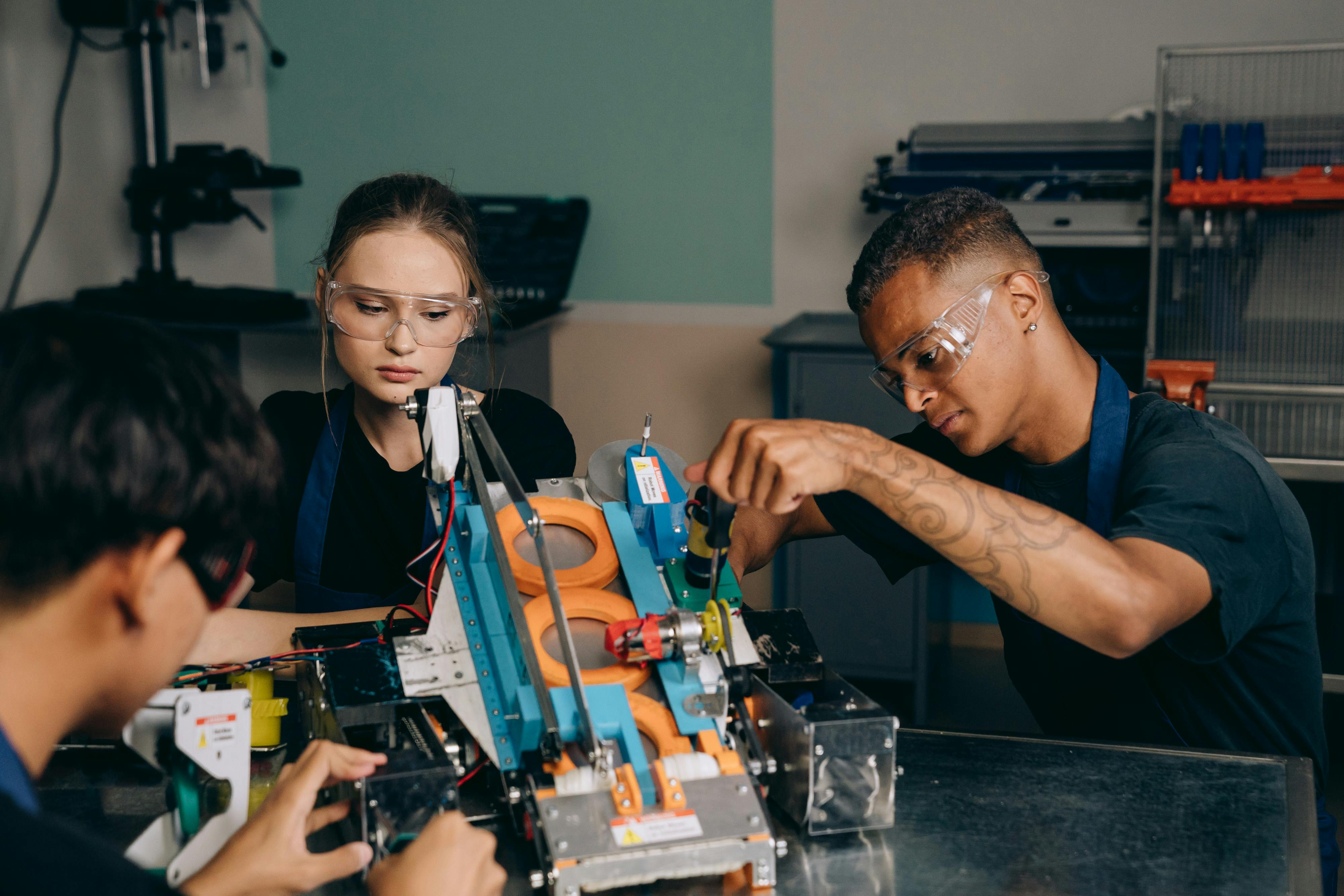
Exploring Opportunities at Brookhaven National Laboratory
 National laboratories are centers of scientific innovation and their contributions are the foundations of our modern society. From groundbreaking medical advancements to airspace technology, the mission of national laboratories includes not only finding a solution to the most pressing of issues but even redefining our perception of the unknown. There are currently 17 US Department of Energy national laboratories in the United States. One of the most renowned institutions includes the Brookhaven National Laboratory (BNL), located in Upton, New York.
National laboratories are centers of scientific innovation and their contributions are the foundations of our modern society. From groundbreaking medical advancements to airspace technology, the mission of national laboratories includes not only finding a solution to the most pressing of issues but even redefining our perception of the unknown. There are currently 17 US Department of Energy national laboratories in the United States. One of the most renowned institutions includes the Brookhaven National Laboratory (BNL), located in Upton, New York.
Initially established in 1947, Brookhaven National Laboratory (BNL) seeks to develop innovative applications of knowledge to a wide range of topics, such as nuclear physics, energy, climate, quantum science, artificial intelligence, radiation sciences, and national security. To support the ongoing experiments and scientific processes, research facilities include tools of discovery in areas such as nanomaterials, NASA space radiation facilities, isotope production, electron-ion colliders, and even quantum science. With a variety of research interests and the availability of cutting-edge facilities, BNL serves as a beacon for scientific innovation and learning.
The exceptional staff at BNL actively encourages students from diverse backgrounds to engage in research and leadership opportunities. Through various programs and internships, the laboratory supports new generations of talented and curious scientists who seek to make a change in their communities by providing constant mentorship and support.
Internship Opportunities
The BNL offers an array of internship programs tailored to accommodate all ages and career trajectories. The laboratory offers hands-on experiences and visits to the Science Learning Centers as an introduction to the science enrichment programs. One of the most popular educational programs offered by BNL are the internships extended to college students (both undergraduate and graduate). The internships are opportunities that set them apart from their peers.
.jpg) Two of the most popular internship programs for undergraduate students include the CCI (Community College Internship) and SULI (Science Undergraduate Laboratory Internship). The target audience of the CCI includes community college students who strive to work in science or engineering workspaces and can benefit from hands-on training related to laboratory practices.
Two of the most popular internship programs for undergraduate students include the CCI (Community College Internship) and SULI (Science Undergraduate Laboratory Internship). The target audience of the CCI includes community college students who strive to work in science or engineering workspaces and can benefit from hands-on training related to laboratory practices.
More broadly, SULI is open to all undergraduate students who wish to participate in research-driven work under the guidance of a BNL scientist/engineer. The eligibility criteria for both internship opportunities require applicants to be at least 18 years of age, be enrolled in an accredited U.S. academic institution, and have a minimum GPA of 3.0. All applicants apply online, and accepted students are able to participate in programs that occur during spring, fall, and summer semesters with a varying timeline of 10 to 16 weeks. Additionally, the internships provide a weekly stipend of $650 and housing for students who reside outside of a 50-mile radius of the laboratory.
“The undergraduate and graduate internship programs provide more than 350 students and professors from universities around the country each year the opportunity for an authentic research experience” (Brookhaven Lab).

Inside Brookhaven: An Interview with Dr. Aleida Perez
Dr. Aledia Perez manages university relations and DOE Programs for Brookhaven National Laboratory. Besides having a background of scientific expertise in immunology and microbiology, Dr. Perez is passionate about education, with a specific focus on underserved communities. While discussing various opportunities offered by the lab, Dr. Perez first emphasized the importance of participating in internships. She stated,
One of the biggest reasons why students often feel discouraged from applying to laboratory internships is the fear of the unknown or simply not “knowing enough”. For this reason, Dr. Perez highlighted that one of the most important perks of the research internship is the multidisciplinary nature of learning.
“Students have to understand that you don’t have to necessarily have prior experience to be part of the endeavor. I was also once an intern a long time ago.” Dr. Perez explained. “You come here as a student and soon become part of a team that is made of scientists, perhaps engineers, or even technicians. In a way, they [students] get to see what collaborative science is all about, which is how we enact science on a daily basis. The students truly become part of a team effort, and in many ways, they become one with the scientific endeavor.“
When asked to provide words of encouragement to students that are thinking of applying to a range of laboratory internships, Dr. Perez emphasized that the only barrier stopping you from the pursuit of knowledge is fear. “Unfortunately, I think, as people, we talk ourselves out of doing something out of fear. I think it’s important that we take a leap of faith and take a bit of that risk. It’s truly the only way to grow and understand.“ Perez said.
Taking the next step despite self-doubt and uncertainty can bring you closer to a future in STEM.

About the Author
Rajan Kukaleshi is a freshman at CUNY City College of New York and a medical student at the Sophie Davis School of Biomedical Education. He is interested in combining research and medicine to improve equity and accessibility of the healthcare system.


